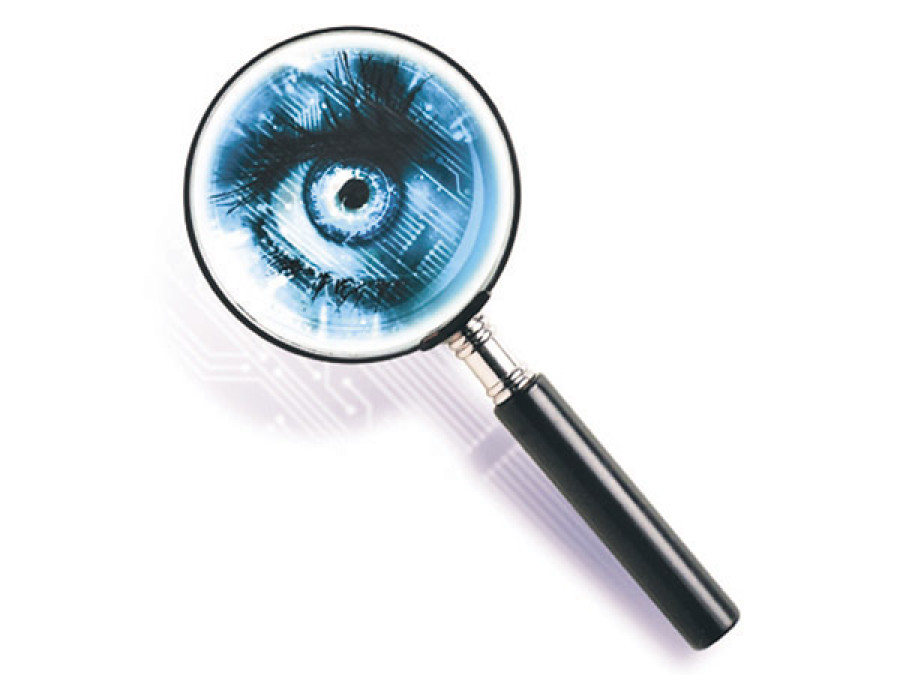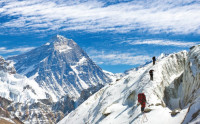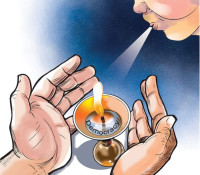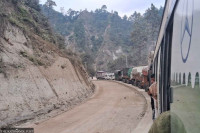Opinion
Power of perception
Nepal cannot afford to squander the few positive signs of economic growth we have started to witness.
Sophia K Tamot
Ruckus in paradise
Nepal was yet again in the global limelight, albeit for a very wrong reason. From Tamil Nadu to Timbuktu, images of some of our Honourable Constituent Assembly members throwing chairs, microphones, and abuse at each other as they disrupted Parliament played and replayed on all sorts of media.
Undoubtedly, the damage was done. It took less than 10 seconds to undo the country’s image as a peace-loving mythical Shangri-La. As far as outsiders were aware, hell had broken loose in paradise. The world was witness to an ugly side of us Nepalis. So far, we had been renowned for our remarkable warmth and hospitality, even as the country struggled to recover from a decade-long violent conflict. Now, in stark contrast, on full display was an aggressive side rarely seen before, especially on prime time television.
No sooner had the image gone viral and news emerged that protests and unrest would follow and Nepal would miss its self-imposed deadline to agree on a new constitution, countries and travel operators went into panic mode. Embassies issued travel alerts resulting in hundreds of cancellations ahead of the mountaineering season, one of the two main tourist seasons, which many in the industry rely on to cover expenses for a big part of the year.
Next, the announcement of protest programmes dealt a sharp blow to the newly emerging investor confidence in light of the mega power deals Nepal had signed with foreign developers just a few months ago.
The ripple effect continued as tour operators quickly scrambled to convince clients that despite what was out there in the media, the country was safe to travel, that what they had seen on television was just a few unruly parliamentarians, that tourists need not fear of being attacked and no, Nepal was not on the verge of another domestic conflict.
The Ebola example
An image speaks a thousand words; we all know this adage to hold true. What we also compellingly know is that a fearful image sparks a million fears. Seeing or reading something that leverages one’s fears can not only negatively impact one’s judgement but also encourage the spread of exaggerated or misleading information.
Remember the Ebola epidemic. It all started in a tiny West African village in Guinea in late 2013 before spreading to Sierra Leone and Liberia. But as a few handful cases also emerged in Nigeria, Spain, and the United States, what ensued was fear mongering, triggered by piecemeal, misinformed reporting and a lack of knowledge about African geography. As a result, most of the African continent took a hit.
Although Ebola was limited to three countries, people everywhere thought every African country—all 57 of them—could be affected, including Kenya and South Africa, key tourist destinations. As a result, paranoid holidaymakers cancelled travel plans and the economy that relies heavily on tourism nosedived. New York was in fact much closer to the Ebola-hit region than East Africa but people’s perception, exacerbated by the media, helped shape this public opinion.
It took massive awareness-raising efforts to educate people about how the disease is actually spread, Africa’s geography in particular, how the three impacted countries were in West Africa not East or North or South, and in the process, calm misgivings arising from misinformed opinions.
Too many risks
The question for us is, if we in Nepal could soon face a similar situation as we increasingly either fail to understand or ignore out of sheer negligence the power of perception and how our words, appearance, and actions shape and mould public opinion. If we let things be, the time may not be far when we will be compelled to initiate our own efforts to remind and reassure the world that things here are not what those uncivil images of parliamentarians, male and female, in absolute fury might have conveyed. That we are still the Nepal that they have heard about and read of in guidebooks and in travelogues and seen in documentaries, and in fact, we have much more to offer.
Truth is Nepal cannot afford to squander what few positive signs of economic growth we have just started to witness. Tourism and foreign investment is crucial for Nepal’s development. And fortunately or unfortunately, it is the political actors who hold the key to make or break Nepal.
Look at global icons. When US President Barack Obama visits a country, his
principal aim, along with strengthening bilateral ties, is to generate more
business for America. Our leaders need not even look that far for inspiration. Our
nearest ally, Indian Prime Minister Narendra Modi, demonstrated, in our own Parliament, that his top priority was to improve relations with neighbours, including Nepal, as doing so would benefit his own country economically. As the saying goes, the devil is in the details. From what these gentlemen say in public, when and how, to what clothes they wear and how they behave is all meticulously planned, simply because perception matters.
Being acutely aware of the importance of how they are perceived—both inside and outside the country —is what our leaders must understand and must act on, as is
expected of them as leaders. Moreover, if we allow our elected representatives to do as they please and get away with immunity, the world will naturally believe what they will see. After all, one’s perception is one’s reality.




 16.57°C Kathmandu
16.57°C Kathmandu












